Personality and Temperament
Can’t decide whether you prefer a Siamese or a Burmese? That’s where the “Tonk” or Tonkinese cat comes in! This adorable kitty offers the best of both breeds, thanks to its Siamese and Burmese heritage.
Tonkinese cats have fantastic personalities, but there’s a tradeoff for their love of human companionship: You can’t leave these kitties to their own devices for too long, too often, or they run the risk of developing separation anxiety. If you’re someone who spends a lot of time at work and you’re leaning heavily toward the Tonkinese, you can compromise by getting two cats instead of one. With a feline companion – perhaps a sibling – the Tonkinese has someone to talk to and spend time with, and there’s far less risk of unwanted behaviors. Plus, you get twice the love!
Tonkinese are nimble cats. Excellent climbers with a fondness for high places, they’re often found on top of refrigerators, tall cabinets, and other elevated spots. From there, they’ll often provide their human friends with unsolicited advice concerning everything from the amount of food in their dish to the evening’s entertainment. Leave the room, and they’re likely to follow you through the entire house, “helping” the entire time.
Just like Siamese and Burmese cats, Tonkinese love water. Leave a large, shallow pan of water on the floor for them to dabble in, perhaps with a few toys floating, and you’ll be able to catch a few moments to yourself – if you can tear yourself away from their adorable antics, that is!
Tonkinese cats might choose a single family member to lavish with attention, or they might share affection with everyone equally. One thing is certain: When it’s time to cuddle, these kitties are experts! Whether they’re lying in your lap while you read or watch TV, or if they’re lounging beside you in bed, you’ll appreciate their warmth, their soft coats, and their loving purrs.
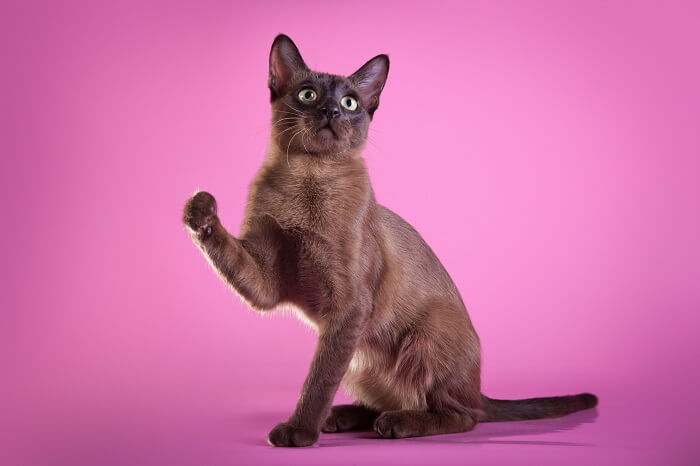
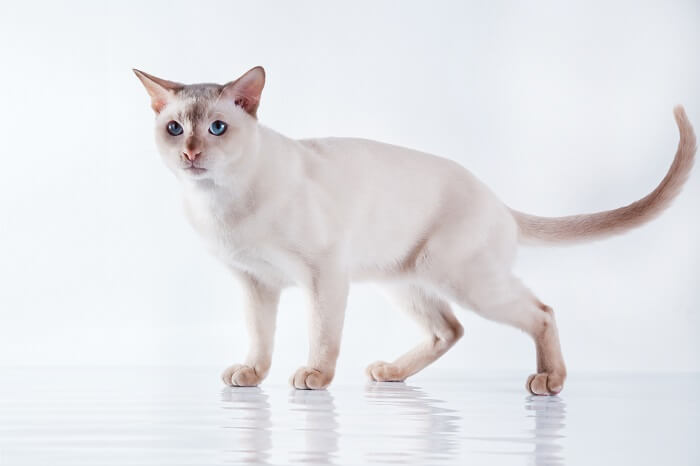
Care
Nutrition
Grooming
Exercise
Health
Tonkinese cats have no special nutritional needs, however they can be prone to obesity later in life, meaning quality food that’s high in protein and low in carbohydrates is ideal. Look for a brand that relies on real meat or fish instead of fillers.
The Tonkinese cat has a very short, fairly low-shedding coat, and does not require much brushing. Do give them a quick once-over every few days; this will remove excess hair, cut back on shedding, and reduce the likelihood of hairballs.
Dental care is important as Tonkinese can be prone to periodontal disease. An at-home toothbrushing routine will cut back on professional cleanings as well as anesthesia exposure and expense.
You might also wish to clip your cat’s claws. Toenail trims aren’t terribly difficult, but this (along with toothbrushing) is a routine you’ll want to establish from a young age. Once your cat knows what to expect – including praise and rewards – they’ll be far less resistant to essential care.
Tonkinese cats love to run, and they’re outstanding jumpers. Given the chance, they’ll happily climb whichever objects happen to be nearby, making a robust cat condo one of life’s essentials. Treat your cat to at least one scratching post and provide plenty of toys including those that let you get involved.
If you’ve ever heard that Tonkinese are similar to dogs, you’ve heard correctly! These cats love to play fetch and they’re fond of leashed walks around the neighborhood. These kitties aren’t difficult to leash-train; just like every other learned behavior, they do best with positive reinforcement and a gradual approach.
Later in life, your Tonkinese cat might slow down a bit. This means that you might find yourself encouraging more walks and stimulating more play than before. Since obesity is a common factor in older kitties, every bit of movement will count as your feline friend ages.
Tonkinese cats have an outstanding reputation for enjoying great health. Some individuals are at risk of inflammatory bowel disease, feline lower urinary tract disease, and renal amyloidosis. None of these issues are prevalent, but your vet will want to watch for signs that they might be developing.
History
Even though the Tonkinese is a relatively modern cat breed, feline historians believe that Tonkinese have been with us since the early 20th century. In 1930, a cat named Wong Mau was imported to the United States. Even though she was supposedly a “Burmese type” cat, it’s likely that she was a Burmese – Siamese cross, which means that even though the Tonkinese cat breed had yet to be listed, she was in fact Tonkinese. As one of the breed’s matriarchs, Wong Mau is still found on many contemporary Tonkinese pedigrees.
We have two separate breeders to thank for the Tonkinese cats we know and love today. Jane Barletta, a US cat breeder, and Margaret Conroy, a cat breeder from Canada, set up separate Siamese / Burmese crossbreeding operations. Others soon followed suit and this captivating cat breed rapidly gained popularity.
The Tonkinese was introduced to competition in the 1980s. First granted official recognition in Canada, Tonkinese cats were given championship status by the Cat Fanciers Association (CFA) in 1984. Once the breed was firmly established outcrossing to Burmese and Siamese cats was discontinued.
Tonkinese cats are widely recognized by cat breed registries worldwide including The International Cat Association (TICA), the Australian Cat Federation (ACF), the Canadian Cat Association (CCA) and others.
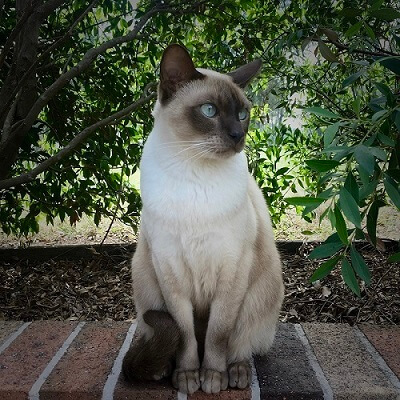
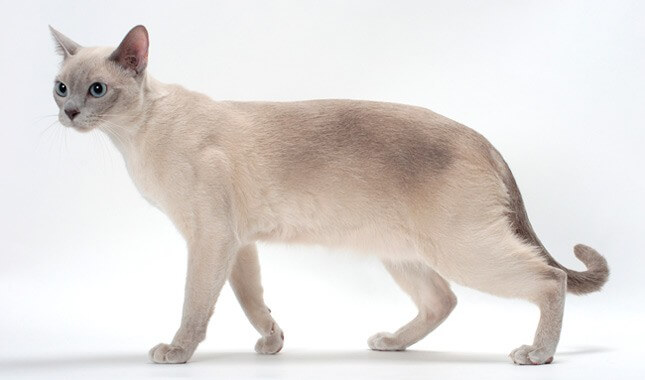
The Breed Standard
Eyes
Legs & Paws
Tail
The Breed Standard
Body
Head
Ears
Coat
Color
FAQ
How much does a Tonkinese cat cost?
Tonkinese cats cost between $600 - $1000.
How big do Tonkinese cats get?
Tonkinese cats tend to be small in size. A fully grown Tonkinese cat might weigh between 6-12 pounds or more and range in height anywhere from about 8"- 10" inches tall.
How long do Tonkinese cats live?
The Average lifespan for Tonkinese is 14-16 years.
Do Tonkinese cats shed?
Tonkinese are short-haired cats. Therefore, they do not shed as much as long-haired cat breeds.
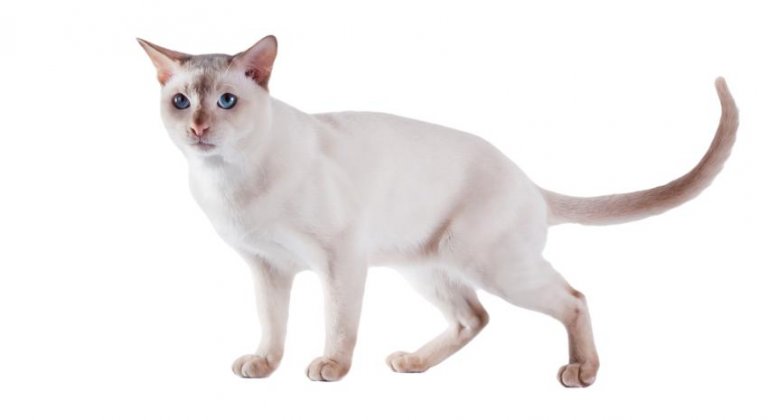
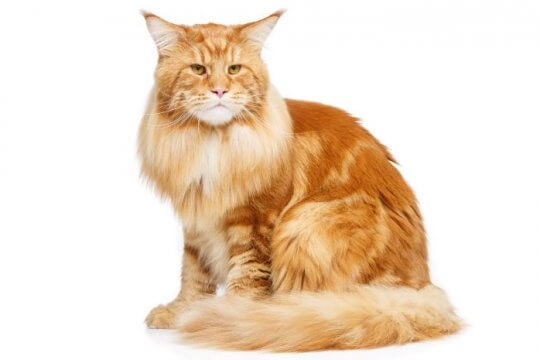
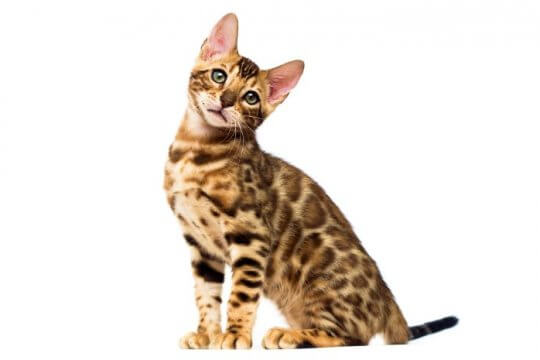
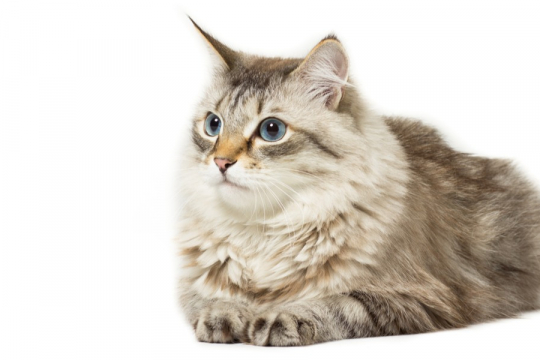
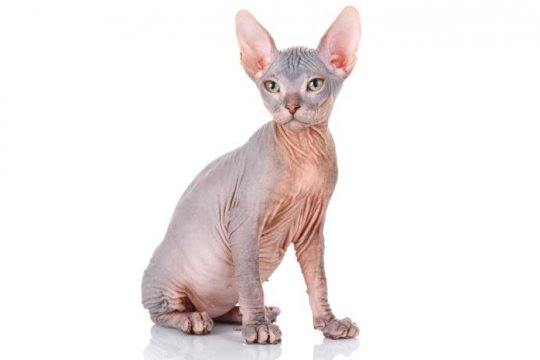
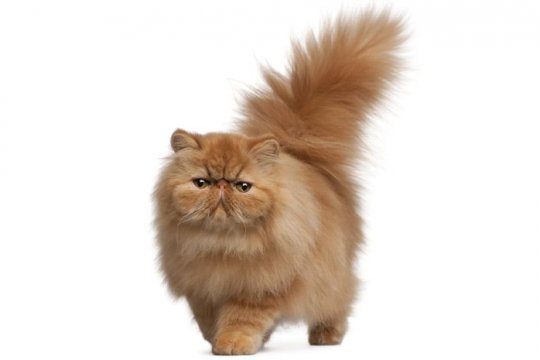
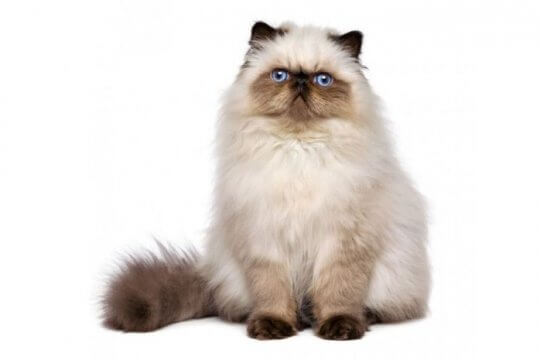
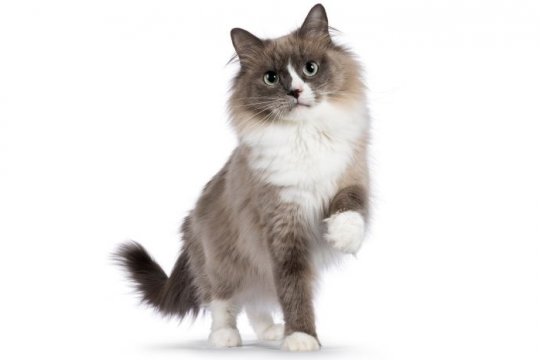
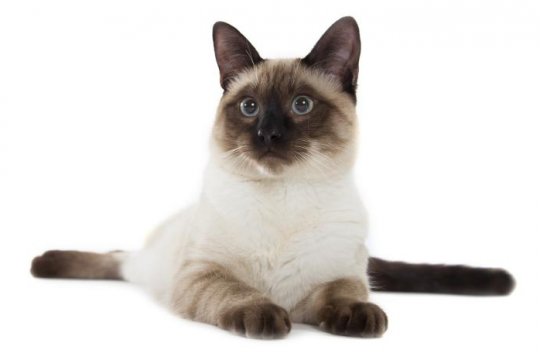
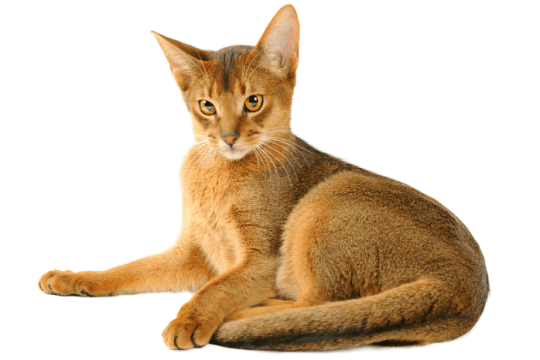
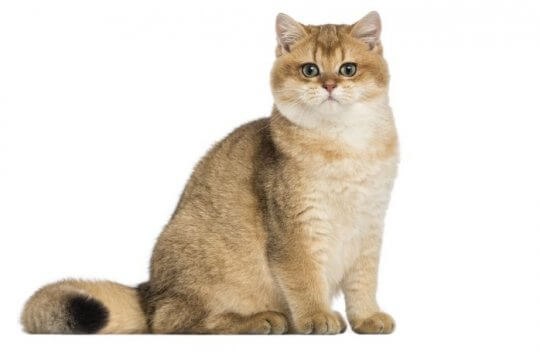



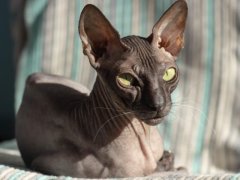
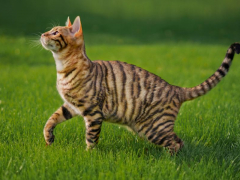
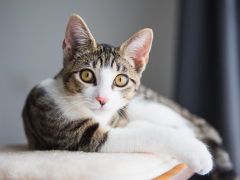

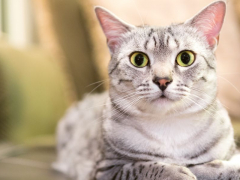
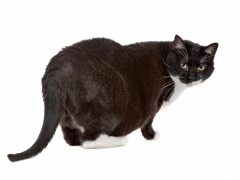
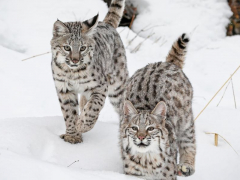
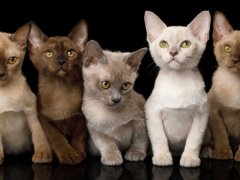
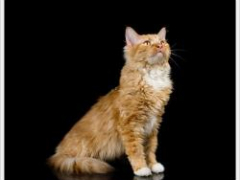
We found “Blue” on the streets of Milwaukee (vet says he was about a year old), he either escaped or someone just decided they didn’t want him. He is a great cat and seems to be so thankful for a good home. He over eats so we have to watch him he has become a pretty big boy since he found a good home. He is very affectionate and reminds me of having a dog around. Comes when called and is allowed to go outside but stays right around home. They are wonderful cats! I would have two but I have another short hair cat named Mister that is much more spicey than Blue and I don’t think 3 cats would work. I also have 2 dogs it’s like a zoo here but I love them all!!!
I have a 6 year old Tonk and will be getting another in February 2023. i’ve had Siamese and Burmese, but Tonks are my favorite.
I got my beautiful blue-grey mink Tonkinese through the Siamese Cat Rescue Association out of Virginia in 2015. Because the Tonk was developed as a hybrid between Siamese and Burmese, they were the logical choice I guess for someone to surrender her. Although the Siamese Cat Rescue was based in Virginia, my baby was being fostered in Ft. Wayne Indiana and I live in Indianapolis. She was named, “Alice in Wonderland,” however, she is now Her Royal Highness, Princess Celeste Aida. She is a most operatic purrsonality. As I drove her home, we listened to music and sang – she meowed at the end of each phrase. She was 5.5 y.o. in Jan. of 2015, and is perfectly lively and curious and beautiful today.I so wish I had known her as a kitten. I am blessed to have her as my companion. She loves company – mine best, but is friendly toward others who treat her with respect. I have been able to leave her in our home when I go away and have someone who loves her check on her daily, and so not disrupt her life as much. To this day, I cannot imagine why the folks who had her in KY surrendered her. She is a princess in appearance, temperament and habits. Please check out breed rescues to find your own dear Princess and my best wishes to you.
We are elderly couple who love cats, like a cat which don’t shed much. Tonkinese cat sounds good to us. Interested in getting a kitten in October 2022. Can you help ?
Hello Harry, thanks for commenting. I would recommend doing a Google search for “Tonkinese cat breeders near me” or “Tonkinese cat breeders + (your area)”.
I would love to suggest google search for Tonkinese rescue and also add your breed preference to other cat rescue organizations and websites out there to rescue or rehome a Tonkinese rather than purchase one from a breeder 🙂 Adoptapet.com, Petfinder.com, are just a couple, but you can call or visit veterinarians and let them know what you are looking for as there are a myriad of reasons animals have to be given up for adoption (owners deceased, animals in household not getting along happily, allergies, moving to a ‘no pets allowed’ apartment, etc, etc.